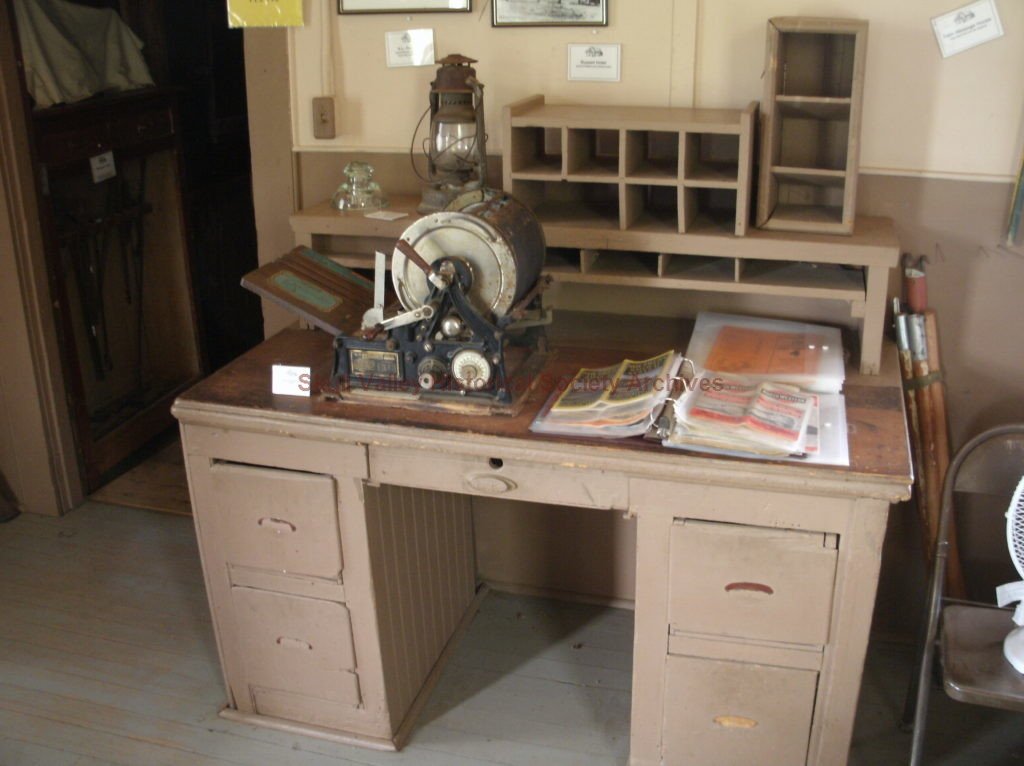Mimeograph

The stencil duplicator or mimeograph machine (often abbreviated to mimeo) is a low-cost duplicating machine that works by forcing ink through a stencil onto paper. The mimeo process should not be confused with the spirit duplicator process.
Mimeos, along with spirit duplicators and hectographs, were a common technology in printing small quantities, as in office work, classroom materials, and church bulletins. Early fanzines were printed with this technology, because it was widespread and cheap. In the late 1960s, mimeographs, spirit duplicators, and hectographs began to be gradually displaced by photocopying.
Mimeography process
The image transfer medium was originally a stencil made from waxed mulberry paper. Later this became an immersion-coated long-fibre paper, with the coating being a plasticized nitrocellulose. This flexible waxed or coated sheet is backed by a sheet of stiff card stock, with the two sheets bound at the top.
Once prepared, the stencil is wrapped around the ink-filled drum of the rotary machine. When a blank sheet of paper is drawn between the rotating drum and a pressure roller, ink is forced through the holes on the stencil onto the paper. Early flatbed machines used a kind of squeegee. The ink originally had a lanolin base. and later became an oil in water emulsion. This emulsion commonly used Turkey-Red Oil (Sulfated Castor Oil) which gives it a distinctive and heavy scent.
